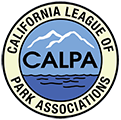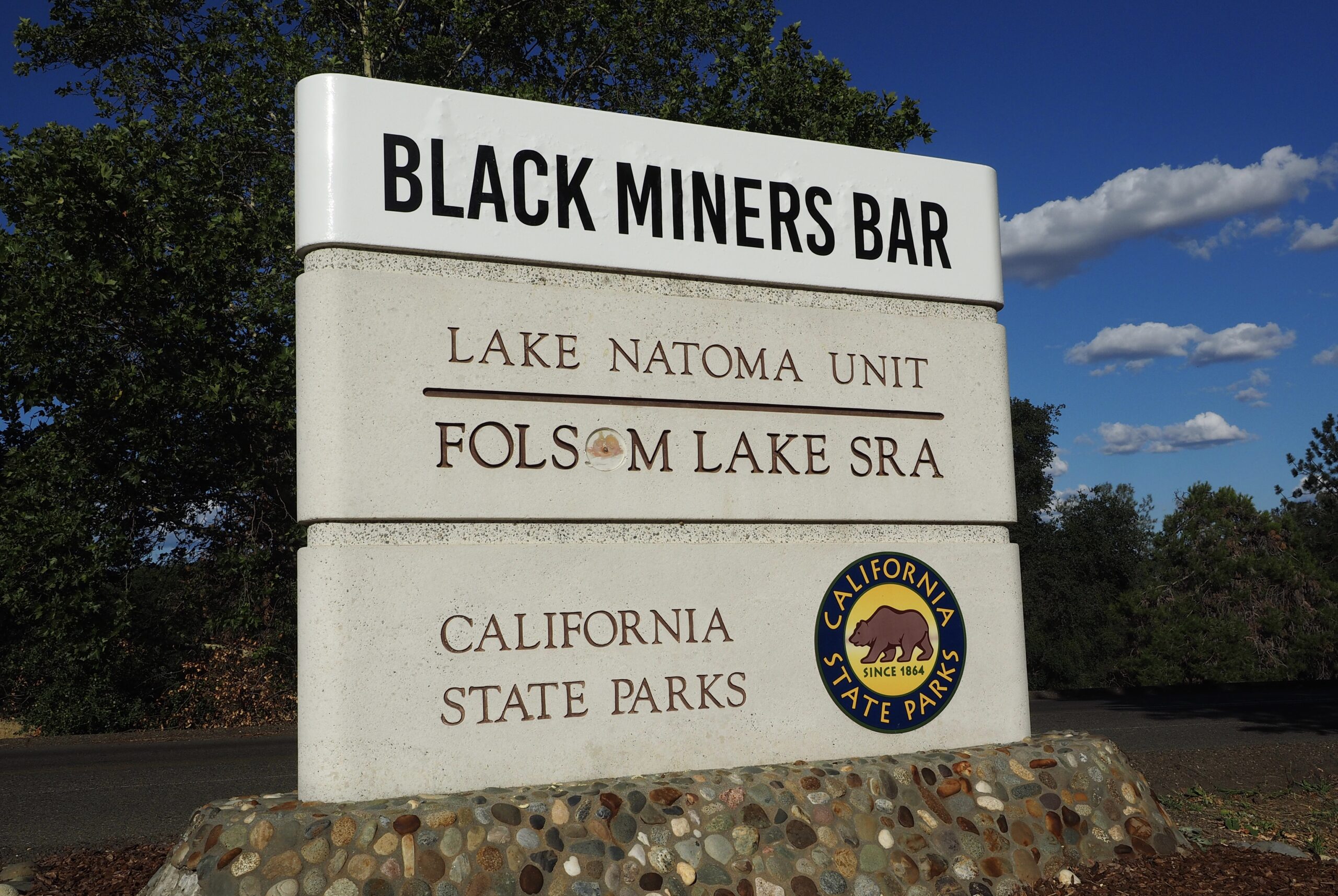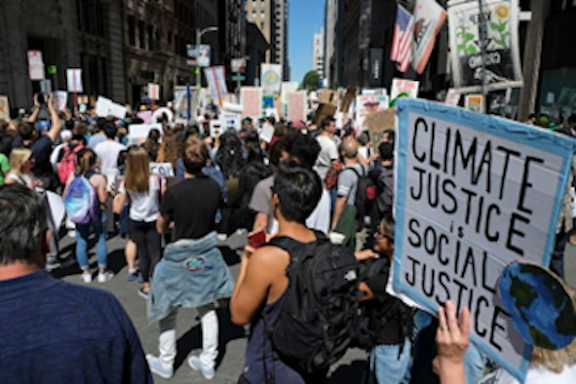First Proceeding of the First State Convention of the Colored Citizens of the State of California. Credit California State Library Foundation, Bulletin Number 126, 2020.
Understanding Race as a Myth
By Thomas Stratton
As a board, we have engaged consciously with justice related issues as George Floyd’s murder provided a catalyst. This conversation started years prior to the Spring of 2020. And now we are sharing our contribution to social justice by drawing awareness to neglected or hidden stories that can be found within our vast state park resources.
This post is, at one level intended to reflect our conversation as a Board of Directors regarding Critical Race Theory (CRT). While at the same time, supply insight into managing a topic like CRT. This insight is best introduced by offering an interpretation of race as a myth. Michael Blakey (1999) finds “the concept of race, as we know it today, derives from the earliest attempts of the biological sciences to categorize the human species into different varieties or types (Blakey, 1999, p. 30).”
Why must we as members of cooperating associations have a sound understanding of the myth of race? Why does this matter to cooperating associations, to interpreters, to preservationists, and for state park visitors who seek truthful accounts of history.
We know the transatlantic slave trade from a hemispheric view, a national perspective, but how often do we consider race based slavery a part of our state’s history? The evolution of chattel slavery in what becomes the United States means that the myth of race touches every aspect of our past. We know that slavery is part of our state’s history, and our state park system also preserves a narrative of this legacy.
For preservationists, how do we ensure interpretations of slavery emerge from sites like Negro Bar, Folsom Lake State Recreation Area, Marshal Gold Discovery State Historic Park (MGDSHP), and Colonel Allensworth State Historic Park (CASHP)? It is critical that people of African descent are represented as decision makers in these efforts. So, how can an understanding of race as a myth serve to guide our approach to historical interpretation?
Again, for Blakey (1999) the myth of race grows from the Enlightenment era thought of academics. Even though California entered the union as a free state, in 1855 the members of St. Andrews AME Church and forty-nine delegates along with Mifflin Wistar Gibbs, Peter Lester, and Jeremiah B. Sanderson held the First State Convention of the Colored Citizens of the State of California to specifically abolish slavery locally and nationally while more broadly pushing a Civil Rights Movement for the benefit of people of African descent (Ruffin, 2009).
I intend for this blog post to become fodder for dialogue around how to use available research and create new research opportunities to guide attention toward hidden and neglected stories in our State park system.
References
Blakey, M. L. (1999). Scientific racism and the biological concept of race. Literature and Psychology, 45(1), 29-43. http://ezproxy.nu.edu/login?url=http://search.proquest.com/docview/219709529? accountid=25320
Ruffin II, H. (2009, February 04). The Conventions of Colored Citizens of the State of California (1855-1865). https://www.blackpast.org/african-american-history/conventions-colored-citizens-state- california-1855-1865/





